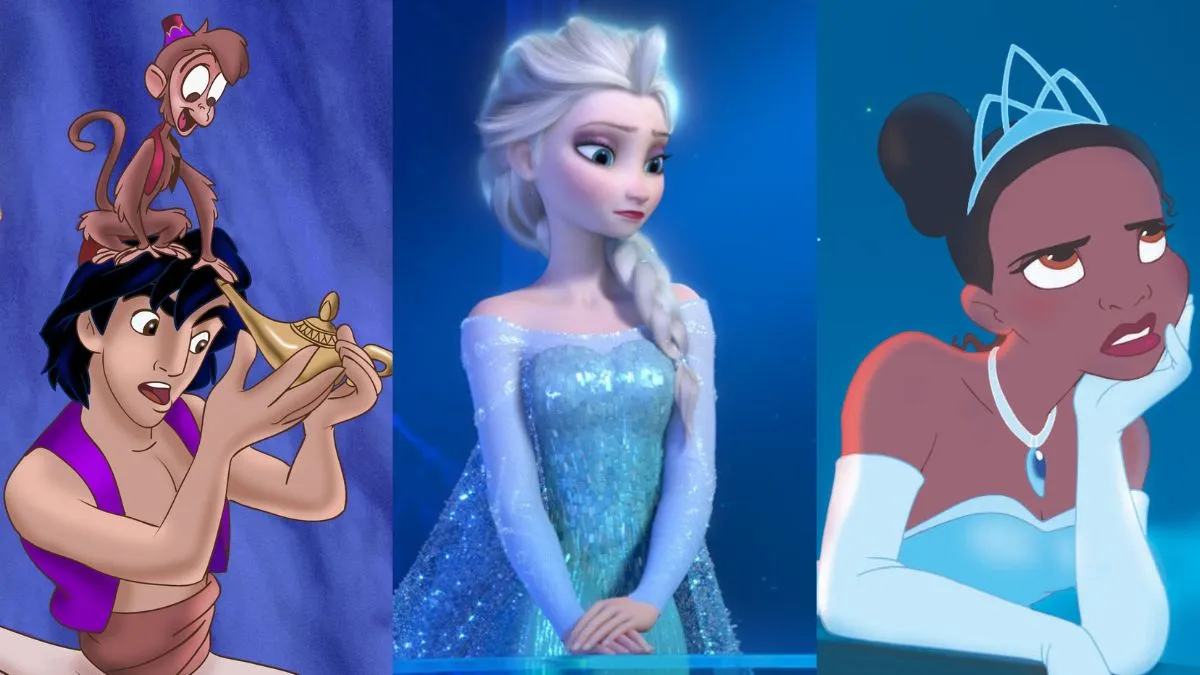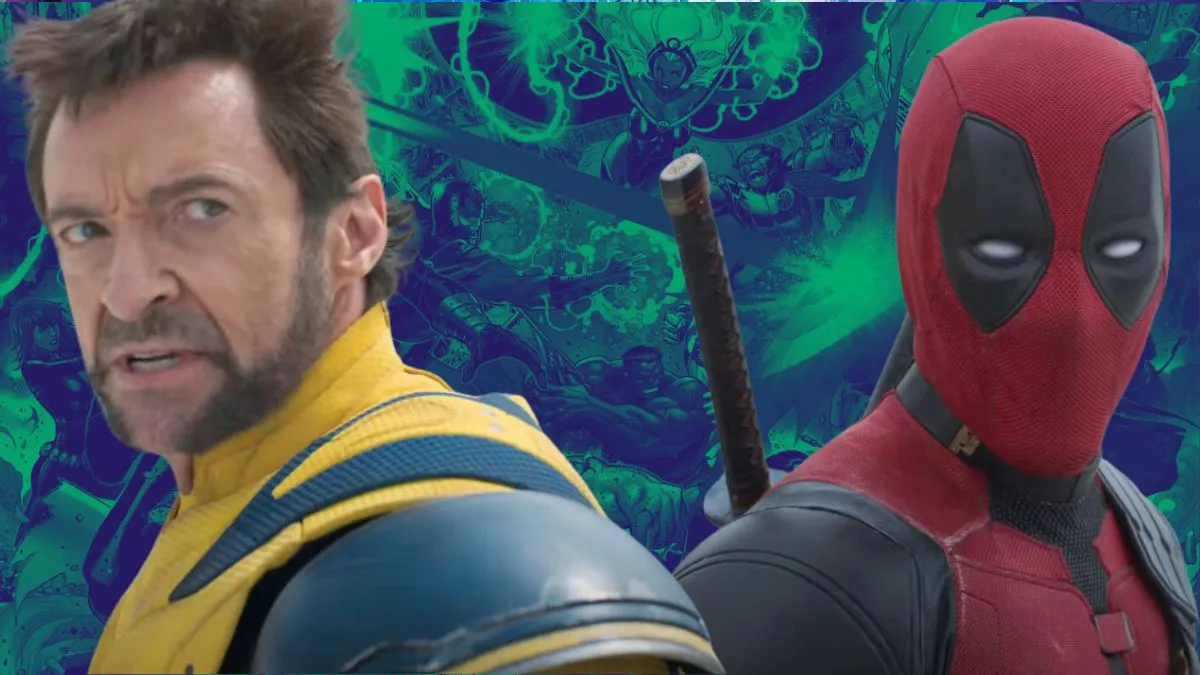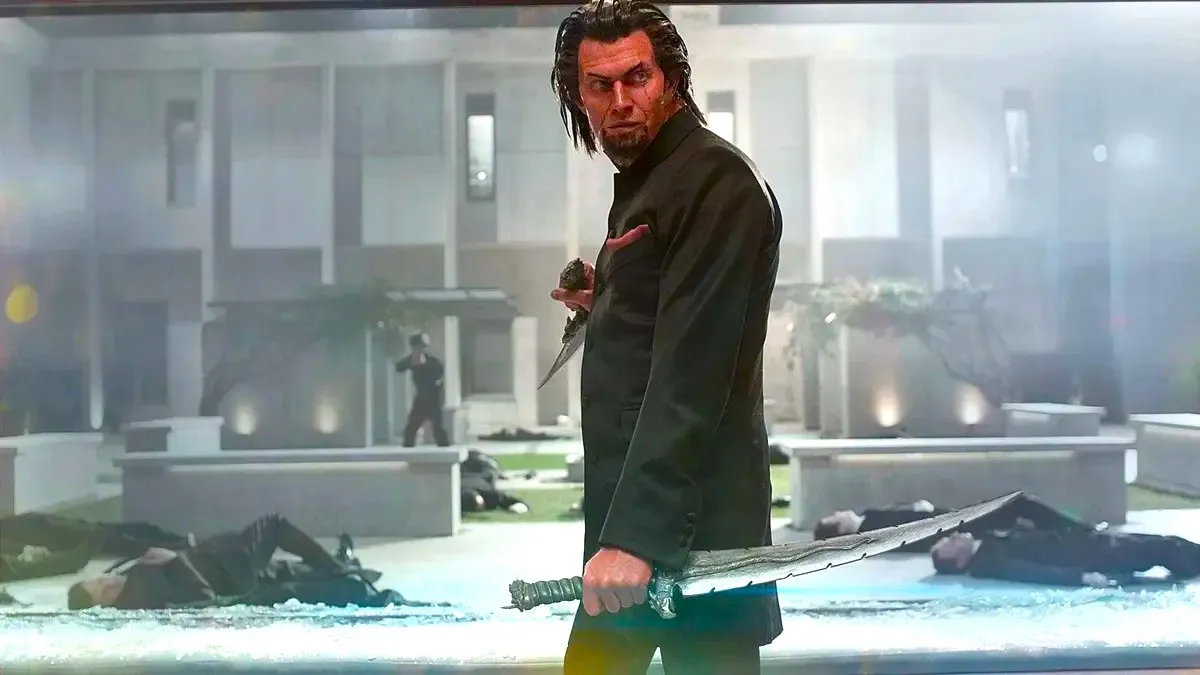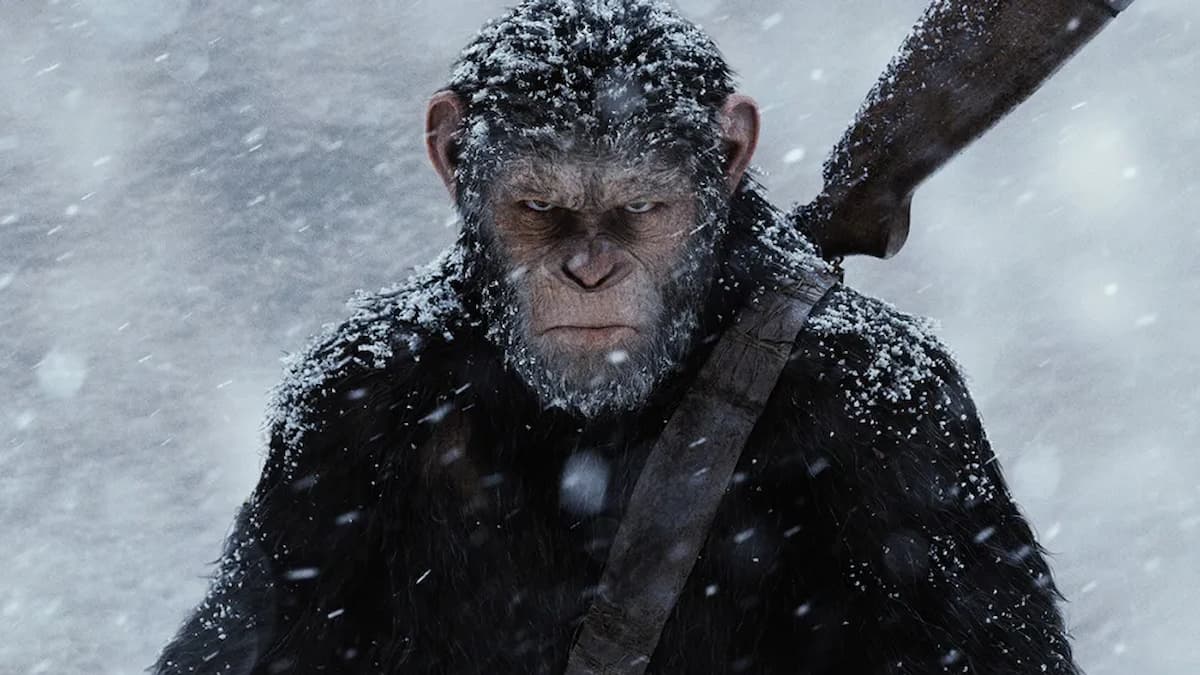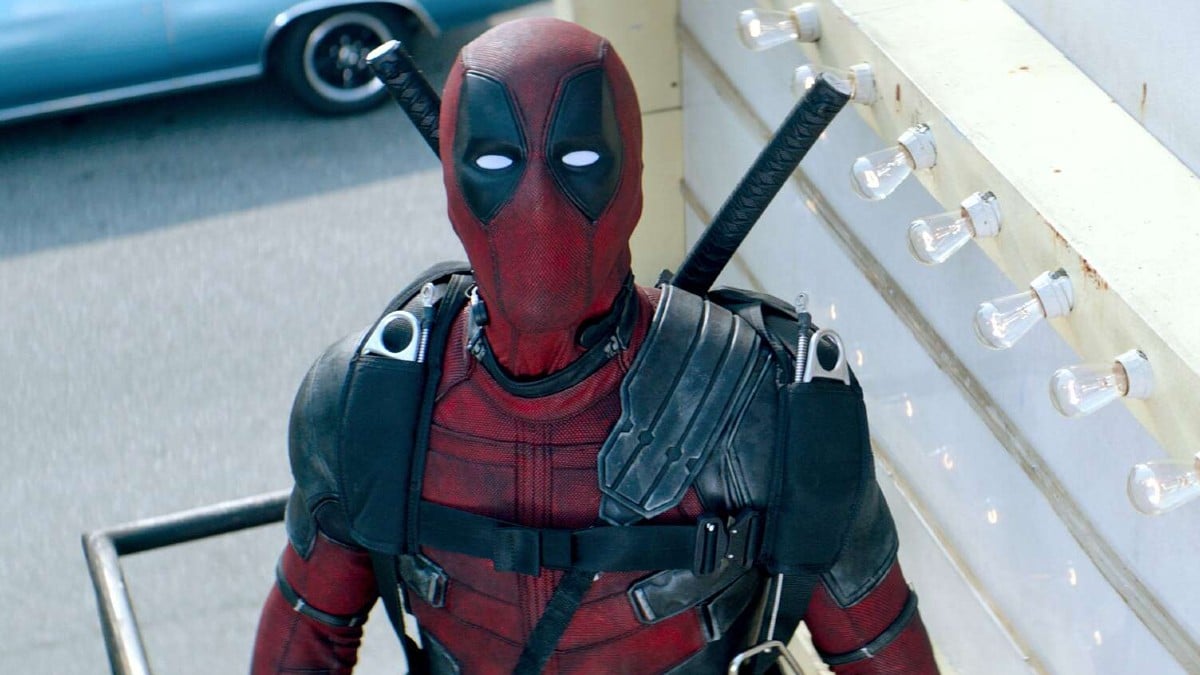
Until I actually watched The Wind Rises, I could not believe Hayao Miyazaki was truly retiring.
It isn’t that I refused to believe it. Miyazaki-san may be my favorite filmmaker, and one who I would love to see many more films from, but everything, including great artistic careers, is finite, and that is a fact I can accept. No, what prevented me from truly accepting the notion of Miyazaki’s filmmaking days coming to an end was that he has, simply put, said all this before. His post-Mononoke and post-Spirited Away retirements may not have been as ‘official’ as this one, but his intention to walk away from filmmaking was clear and understandable. In both cases, it was the desire to create that brought him back, the allure of a great idea that led him to make art once more. So while I fully believed Miyazaki was being honest in intending The Wind Rises as his swan song, I also felt equally sure that, if another compelling idea came to him, he would surely come back to see it realized.
After finally seeing the film, that belief has been rattled, if not outright extinguished. The Wind Rises is absolutely a goodbye letter, as clear a closing statement as any filmmaker has ever made to cap their own career. The film is not only highly, unmistakably personal, filled with metatextual discussions of the delicate, finite nature of creativity, but in its dense thematic core, Miyazaki offers a profound distillation of the major ideas that tie all of his works across his singular career together.
Yet for all it does to revisit and expand upon the central themes of Miyazaki’s career, The Wind Rises shall still be a revelation for students of his work, for it is, in many ways, unlike anything he has ever done before. The film tells the story of Jiro Horikoshi, the man who designed Japan’s infamous ‘Zero’ fighter airplane, and while the account is highly fictionalized, there is a grounded, delicate atmosphere of ‘realism’ to the film that is both challenging and invigorating. Miyazaki has always dealt heavily in emotional realism, even though the majority of his films are fantasies, but there is a different quality to The Wind Rises, an extremely subdued, delicate, and measured approach that takes time to build its story and show its full intellectual hand, and which consciously avoids the more vivid characterizations of Miyazaki’s earlier work. There is ‘fantasy’ to the film, contained in the stunningly lyrical, aesthetically overwhelming dream sequences that pepper the narrative, but even those moments are quite unlike anything else in the Ghibli catalogue. There is even a real, fully fleshed-out romance in the film, between Jiro and his fictional lover, a Tuberculosis patient named Nahoko Satomi. Romance is something Miyazaki has only brushed upon in his directorial works (he is apt to focus on it more in the films he writes but does not helm, like Whisper of the Heart or From Up on Poppy Hill), but the romantic element here is spectacular, quiet and gentle but astoundingly tender, touching, and poignant.
The film takes a complex, multifaceted approach to exploring Horikoshi’s story, focusing not only on his work as an airplane engineer and his personal life, but also on the conditions of pre-World War II Japan, and the ways in which life in the country becomes increasingly difficult and untenable as the nation prepares for the war that will, as several characters predict, see Japan burn. The film’s most impressive sequence actually comes early on, in the depiction of the 1923 Great Kanto Earthquake; in both the harrowing evocation of the disaster itself and the calm, quietly horrifying illustration of its aftermath, this is surely one of the greatest – in sheer scope and scale, the greatest – sequences in Miyazaki’s filmography, and sets a thematic and emotional tone of quiet dread and overt reflectivity for the entire film.
The national context is an important one, considering that one of Miyazaki’s core interests here is how creativity and artistic drive functions in a society apt to misuse and abuse them. The Wind Rises has already courted its fair share of controversy, in Japan and abroad, for nobly depicting the man who created one of the deadliest weapons of World War II, but the film is in no way tone-deaf. On the contrary, the contrast between Horikoshi’s own artistic ambitions for his planes and the state’s intentions for destruction is crucial, and something Horikoshi himself is shown to be extremely conflicted about time and time again. He wonders, primarily in his dream sequences – where he interacts with a sort of ‘spirit-guide’ vision of Giovanni Battista Caproni, the famous Italian aircraft designer – whether his own artistic instincts are worth pursuing in a world where whatever he creates will ultimately be perverted.
It is not a matter Miyazaki takes lightly, especially considering that, both on and off the screen, this has been one of the key internal conflicts of his career. Even going back to before he started directing films, Miyazaki would write and speak on his growing ambivalence about the nature of his artistry, and how he wonders what good he does the world as an animator when animation is so absurdly oversaturated and commercialized. In a 1985 article for Cine Front, writing on the topic of severe overproduction, he wrote: “Part of me thinks that the best thing would be to simply not make any more shows. I question, for example, whether it’s necessary for someone to add a bucket of water to a flood, just because it’s particularly good water. However, I can justify doing so by saying that even in the midst of a flood we still need to drink good water once in a while.”
And that, in a nutshell, is the conundrum at the heart of The Wind Rises. It is not easy to determine what role artistry can or should play in a world where it is likely to be misused or have negative effects, not for Jiro Horikoshi or for Hayao Miyazaki, and there is no perfect answer to the problem because we live in an extremely imperfect world. But if those imperfections are a constant – an idea The Wind Rises presents through its aforementioned evocation of the various hardships faced by pre-WWII Japanese citizens – perhaps creativity, whatever its end result, can still do the world good. An imperfect world with great works of art is, in the film’s view, better than an imperfect without them.
These thematic ideas are all intertwined with broader discussions of what it means to ‘live,’ and how one may try to ‘live’ in a way that is true to themselves and to their own artistic instincts in a world that artificially or, in the case of the dying Nahoko, naturally suppresses life. The film opens with – and repeats several times – a quote by Paul Valèry: “The wind is rising. We must try to live.” It will be familiar to Miyazaki fans, as the second half of the quote has been used, verbatim or in alternate forms, in several Miyazaki films (including Nausicaä and Princess Mononoke). In truth, it is the thematic basis for all his works, as Miyazaki has always balanced cynicism for the cruel and destructive nature of humanity with measured optimism for mankind’s ability to endure, a dialectic approach that even resides at the heart of his so-called ‘children’s’ films (My Neighbor Totoro, for instance, contrasts the harsh realities of parental illness with the innocence and wonder of childhood).

The Wind Rises is no different, but rather than just retreading well-worn thematic territory, Miyazaki goes a little deeper and a little darker, bringing these ideas firmly back into the real world and analyzing them through the lens of history to underline their true universality. Wind, a word and a concept that obviously has a presence throughout Miyazaki’s filmography, is transformed into a two-sided symbol of hardship and opportunity; it is always present, always rising, always challenging those who experience it, and as long as it continues to do so, “we must try to live” as fully as we can. By presenting Horikoshi’s story as a deeply felt parable for the challenges of the human condition, one in which Miyazaki imbues every major theme he has ever presented about the world we inhabit, the director has brought his career full-circle, and closed it on as powerful and profound a note as possible.
Yet even having said that, the film is far richer than what I have suggested so far. The Wind Rises is as dense and detailed as it is delicate, and I can see that, for some viewers, that may be a turn-off, particularly in regards to the film’s long, meticulous discussions of aeronautical engineering. As with any story that focuses on a very particular craft, the material simply won’t connect for everyone, but I found Miyazaki’s headlong dive into the particulars of his aircraft obsession to be absolutely riveting. For one, the film’s intense focus on airplane design makes it one of the only films of the year (or any other year in recent memory, for that matter) that I can honestly say explores a subject that is rarely, if ever, tackled in cinema. The closest contemporary equivalent I can think of would be Martin Scorsese’s The Aviator (a film that is getting on a decade old), and even then, Scorsese tended to dance around the particulars of engineering, whereas Miyazaki positively revels in them. These details clearly matter to him, and so much of the artistic talent on display here lies in making those details matter to the audience as well, treating scenes of Horikoshi at work as moments of world building or character development, in addition to rich and interesting technical jargon. This isn’t necessarily a subject I myself am passionate about, but The Wind Rises made me care, and when dealing with a potentially alienating profession such as this, that stands as quite the accomplishment.
It seems almost needlessly rudimentary at this point to heap praise on any Studio Ghibli feature for its visual majesty, but The Wind Rises is such an absurdly, magnificently gorgeous work that the animation must be discussed. In fact, with its stunning use of color, massively detailed set pieces, and endlessly evocative depiction of the sky and the horizon during flight, The Wind Rises may just be the most beautiful film in Miyazaki’s filmography – which automatically puts it on (or atop) the shortlist for the best animation ever crafted by human hands. Even watching the film on a standard-definition press screener was a positively awe-inspiring experience (I think my jaw literally dropped on four or five separate occasions). The visual element is so extreme that one could feasibly argue it is the most important part of the film, the aspect that hammers home story, theme, and character more forcefully than anything else. For me, the film ranks with works like Kieslowski’s Double Life of Veronique, Ozu’s Tokyo Story, Kurosawa’s Ran, Kitano’s Hana-bi, Sokurov’s Mother and Son, Malick’s The Tree of Life, or other narrative films in which the visuals are so overwhelming, hypnotic and utterly transcendental that trying to capture much of what the film has to say in words is impossible. It is a graphic, visceral experience, in which the image expresses so much more than words can, and that is an achievement that should in no way be discounted or overlooked (and should, without question, earn the film the Best Animated Feature Oscar it is unlikely to win).
The film is a sonic powerhouse as well, with another great score from Miyazaki’s longtime collaborator Joe Hisaishi that puts a lovely cap on what it surely one of the most significant relationships between director and composer in cinematic history. Extremely minimalist in design and employment, Hisaishi’s work is gentle and reserved, befitting a film that is constructed in such a way that score isn’t necessarily essential; the music is nevertheless a blessing, providing the perfect grace notes whenever it is used and underlining, though never forcing, the drama and spectacle when needed.
The voice work, too, is extremely impressive. When the film goes wide in the United States in February, it will be presented in both dubbed and subtitled forms, and while I am sure Disney will give it a commendable effort, viewers should seek out the Japanese-language version. In particular, the work done by Hideaki Anno – a hugely influential animator who created the ‘God Monster’ sequence in Nausicaä and later wrote and directed Neon Genesis Evangelion – as Jiro Horikoshi is superb, and a little unlike any vocal performance I have ever heard in an animated film. There is a quiet, understated quality to his work that gives way to a deep and nuanced humanity, and while I can imagine Disney finding a good voice actor to play the part, I don’t think there is any circumstance under which their work would be this special or striking.
I am openly and undoubtedly biased towards this film as a lifelong lover of Miyazaki’s work, but if I am being honest, I think it is possible that no film this year has meant as much to me as this one. Thematically, The Wind Rises is the perfect capper to Miyazaki’s great, incredible career – which in and of itself makes for an endlessly satisfying and meaningful experience – but the film is simultaneously more than that, exploring new narrative and tonal territory for the director as it pushes the visual form of animation forward exponentially. I cannot guarantee the film will work for everyone, nor can I yet say where it stands, qualitatively, in Miyazaki’s canon, but I am sure The Wind Rises is a great movie, and as the last such creative milestone this director shall ever deliver, represents one of the most significant moments in contemporary world cinema.


